Picture a massive dinosaur standing at the edge of an ancient river, its powerful legs suddenly churning the water surface as it sprints across without sinking. It sounds impossible, yet nature reveals secrets that challenge everything we thought we knew about these prehistoric giants. The relationship between dinosaurs and water has become one of paleontology’s most heated debates, with recent discoveries painting a picture far stranger than anyone imagined.
Think about it. For over a century, scientists believed dinosaurs were strictly land animals. Yet modern research suggests some ancient reptiles developed aquatic abilities that would make even today’s most impressive water-runners look clumsy by comparison.
Ancient Water-Running Champions
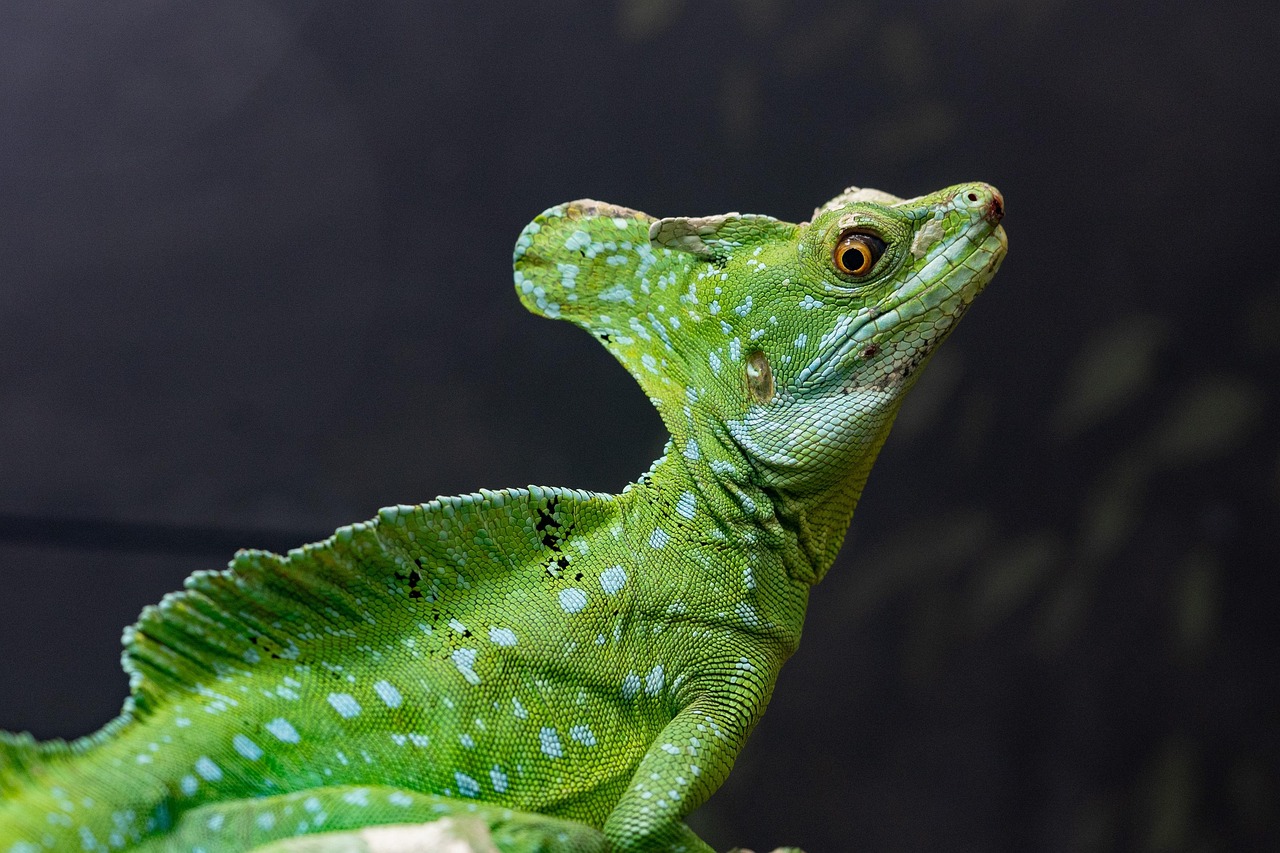
Basilisk lizards are famous for their ability to run across the water’s surface, earning them the nickname “Jesus Christ lizards.” These remarkable creatures provide the perfect comparison for understanding how some dinosaurs might have mastered aquatic locomotion.
The lizards slap their feet down into the water, creating a pocket of air above the feet. This force prevents the lizard’s body from sinking while the lizard performs exaggerated leg movement to the back and side of the lizard.
Today there are many lizards that can run bipedally, the most famous of which is Basiliscus basiliscus or common basilisk, also known as the “Jesus Lizard” for its ability to run over water. They tend to only run on two legs at high speed, preferring four legs for most movement.
The Dinosaur Swimming Debate
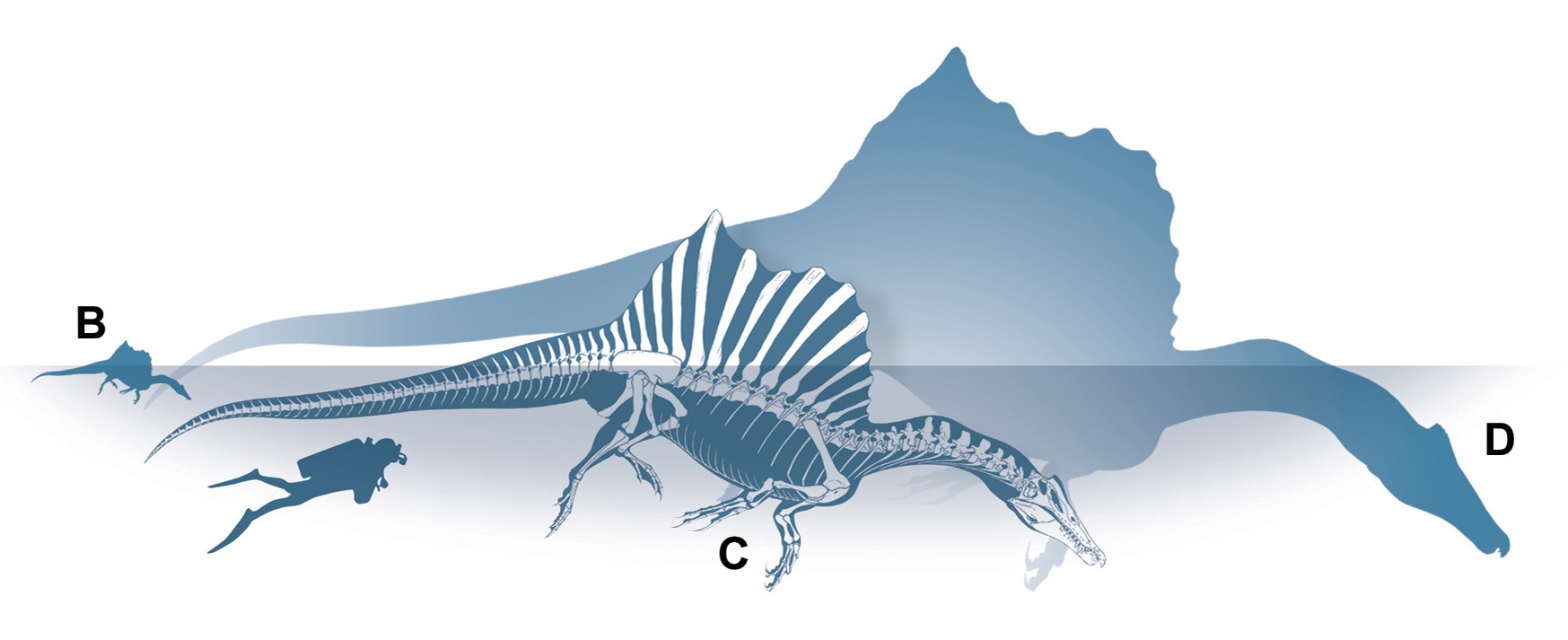
The scientific world has been buzzing about one particular dinosaur that challenged all assumptions. Evidence suggests that it was semiaquatic; how capable it was of swimming has been strongly contested. Spinosaurus’s leg bones had osteosclerosis (high bone density), allowing for better buoyancy control.
This dinosaur was actively pursuing prey in the water column, not just standing in shallow waters waiting for fish to swim by. Still, recent studies have pushed back against this idea of an Olympic swimming dinosaur.
Anatomy of a Water Hunter
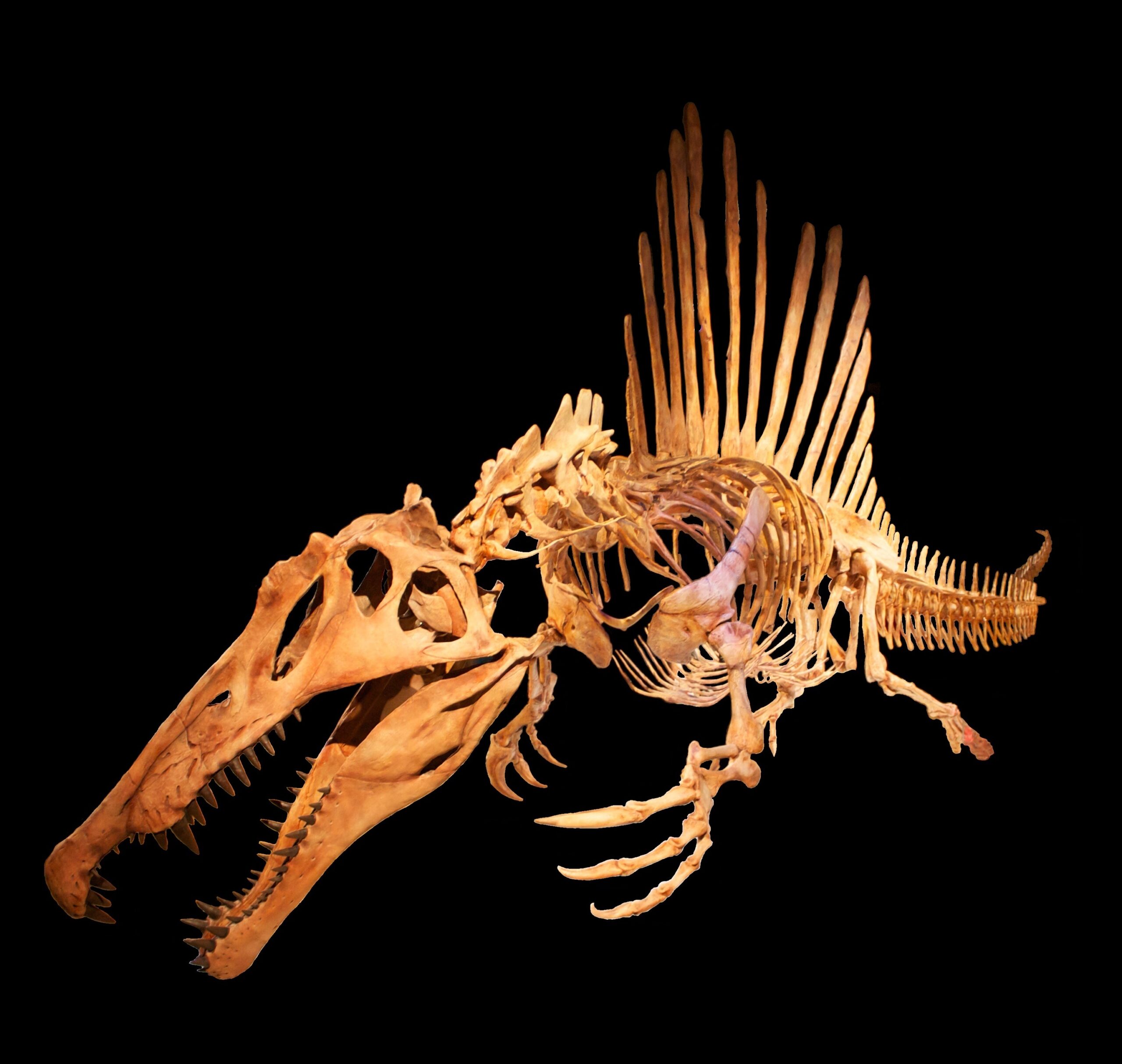
Spinosaurus possessed features that seemed perfectly designed for aquatic life. It has a long snout full of very pointed teeth, ideal for catching fish, and it seems to have relatively stumpy legs, less developed forearms, and a center of gravity that was too far forward, all suggesting it wasn’t built for bipedal land movement.
The most fascinating discovery came with its tail structure. Studies of the tail, thanks to fossils recovered and analyzed by Ibrahim, Pierce, Lauder, and Sereno and colleagues in 2020 indicate that Spinosaurus had a keeled tail that was well adapted to propelling the animal through water. The elongated neural spines and chevrons, which run to the end of the tail on both dorsal and ventral sides, indicate that Spinosaurus was able to swim in a similar manner to modern crocodilians. Through experimentation by Lauder and Pierce, the tail of Spinosaurus was found to have eight times as much forward thrust as the tails of terrestrial theropods like Coelophysis and Allosaurus, as well as being twice as efficient at achieving forward thrust.
The Scientific Pushback

However, not everyone bought into the swimming dinosaur theory. I don’t think it was a good swimmer nor capable of full submergence behavior. This is simply not an animal that in your wildest dreams would be dynamic above water as a swimmer much less underwater.
Spinosaurus was merely a mediocre swimmer, new research finds. Spinosaurus was probably a decent swimmer, and certainly a better swimmer than any other known large theropod [bipedal, mostly meat-eating dinosaurs]. But being a swimmer isn’t the same thing as being a specialized aquatic pursuit predator.
The debate hinged on whether swimming ability translated to aquatic hunting prowess.
Bipedal Water Waders
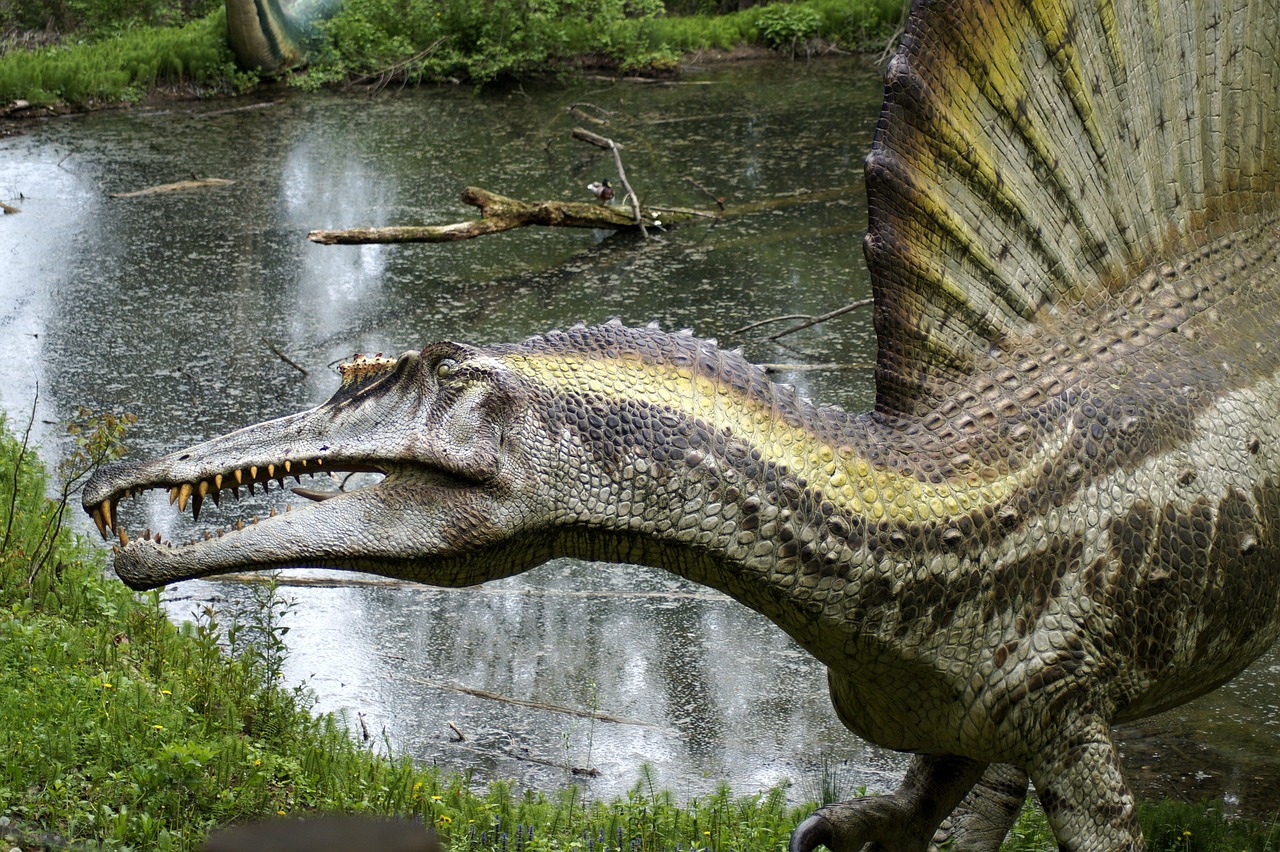
The current scientific consensus paints a different picture than the fully aquatic swimmer. Two stages are clarified in the evolution of Spinosaurus, which is best understood as a semiaquatic bipedal ambush piscivore that frequented the margins of coastal and inland waterways. The fossil record supports our interpretation of Spinosaurus as a semiaquatic bipedal ambush predator that frequented the margins of both coastal and inland waterways.
Henderson found that Spinosaurus probably was competent at bipedal terrestrial locomotion; the center of mass was instead found to be close to the hips, allowing Spinosaurus to stand upright like other bipedal theropods. They instead suggested that the dinosaur fit the criteria of being a graviportal (or slow-moving) biped.
This suggests a creature that could walk upright on land but preferred life along water edges.
Modern Comparisons and Ancient Mysteries

Saddle-billed storks in Africa forage with their beaks partly under water. Perhaps, Spinosaurus hunted the same way. Other anatomical clues hint that Spinosaurus was more like a stork than a leviathan – propulsion from long tails, like that of Spinosaurus, usually helps with short bursts, not lengthy pursuits.
That’s the case in new research that claims to have found 110m-year-old trackways of lizards running on two feet (bipedally). Given that living lizards can move bipedally, it is perhaps not surprising that lizards living 110m years ago could do the same. Still, if lizards were able to run bipedally 110m years ago, it tells us that the lizards doing so today aren’t unique or particularly special for being able to do so.
These ancient trackways suggest bipedal locomotion was far more common than previously thought.
The Future of Dinosaur Water Research
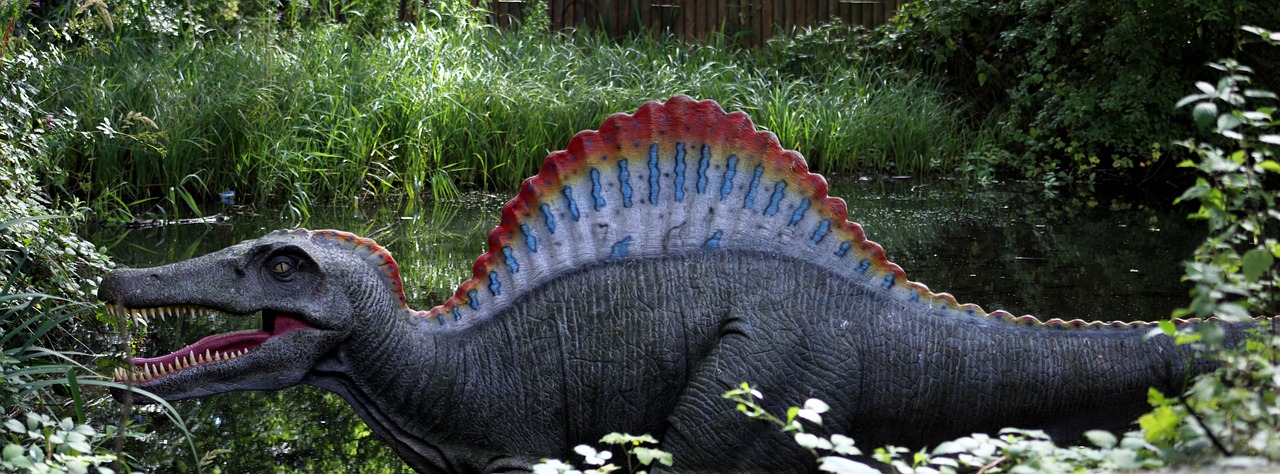
The debate reveals something profound about how we understand prehistoric life. Scientists continue searching for evidence that might support either the swimming dinosaur theory or the wading predator model. Each new fossil discovery adds another piece to this complex puzzle.
What makes this particularly fascinating is how it forces us to reconsider the boundaries between terrestrial and aquatic life during the age of dinosaurs. The evidence suggests these creatures were far more adaptable and diverse in their lifestyles than traditional reconstructions ever imagined.
Conclusion
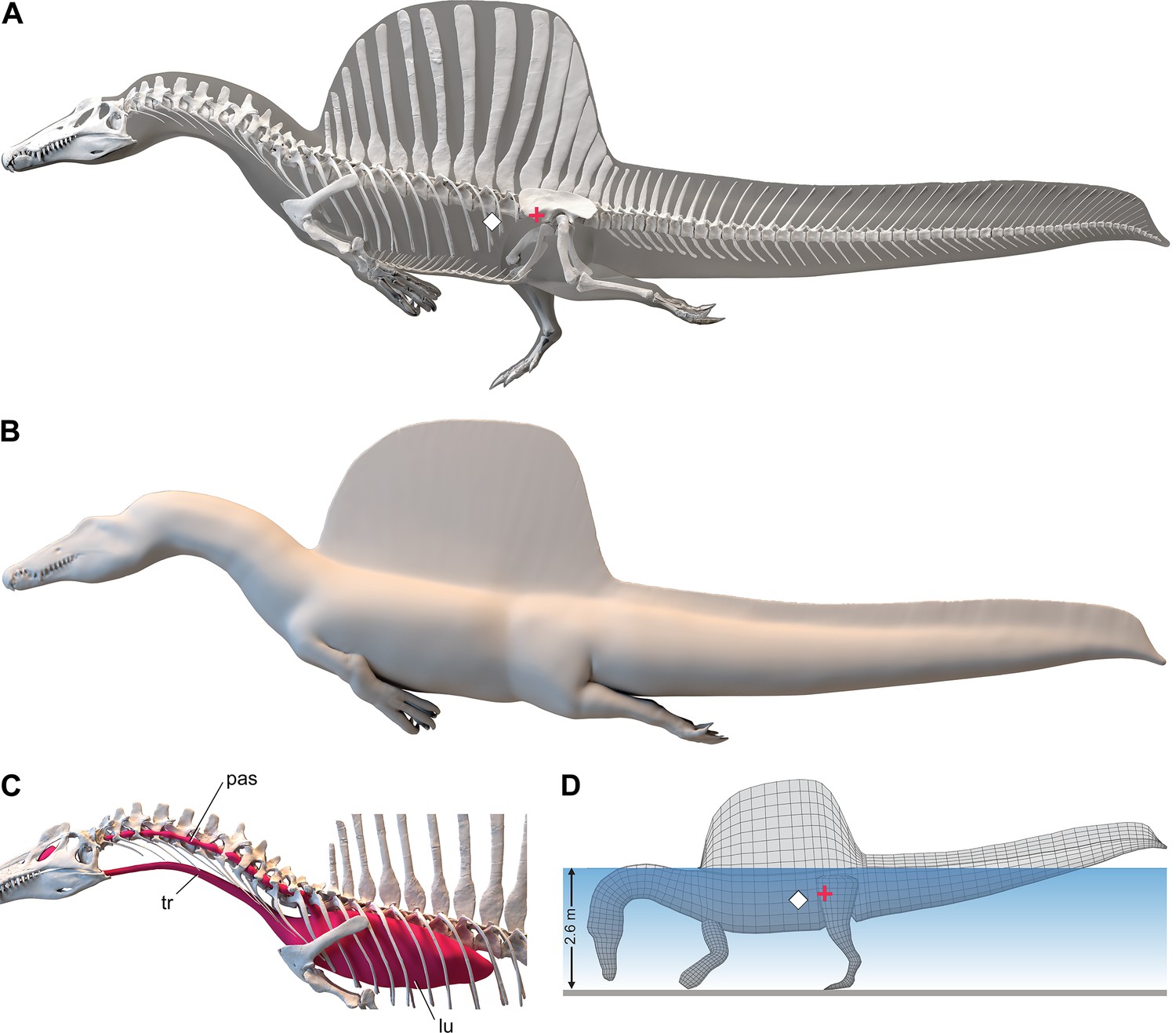
The story of remains unfinished. While we may never find definitive proof of a Spinosaurus sprinting across river surfaces like a giant basilisk lizard, the evidence points to something equally remarkable. These ancient predators developed sophisticated adaptations for life at the water’s edge, bridging the gap between land and sea in ways that continue to challenge our understanding.
Whether they were Olympic swimmers or wading stalkers, one thing remains clear: dinosaurs were far more diverse and capable than we ever dreamed possible. The next fossil discovery might just rewrite the story once again.
What do you think about it? Tell us in the comments.




